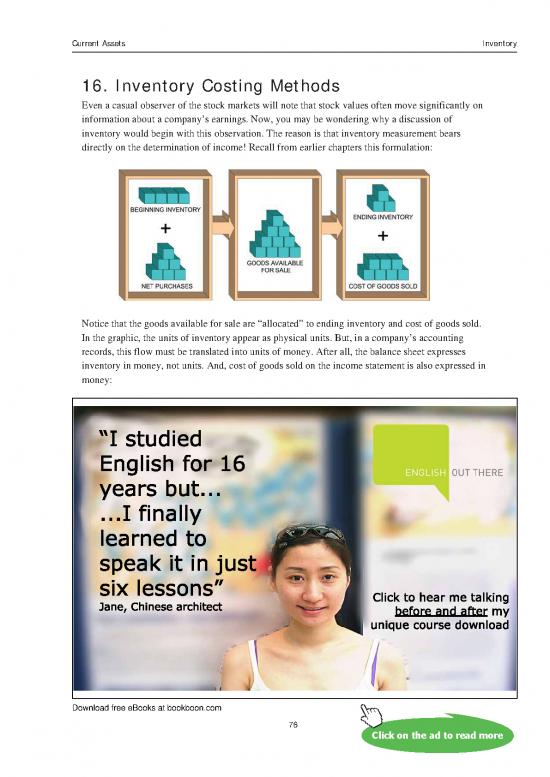8 Inventory Costing Methods for Stock Valuation

For example, LIFO may result in lower taxable income during periods of inflation, while FIFO may result in lower taxable income in deflation. It is highly recommended to consult with a tax professional to determine which method is most suitable for your business. The method can also benefit businesses with goods that follow consumer trends.
Next Post5 Tips on Choosing the Best Inventory Management Software for Your eCommerce Business
Classic has a detailed list, by serial number, of each car and its cost. During the year, 100 additional cars are acquired at an aggregate cost of $3,000,000. Under specific identification, it would be necessary to examine the 3 cars, determine their serial numbers, and find the exact cost for each of those units.
For More Mature Businesses
- LIFO is right for mid-size businesses purchasing low volumes of inventory items of a higher value that won’t expire or go obsolete quickly.
- If you’re a small business with many customized and unique items, you might even look into the specific identification method.
- Suppose you own a store that sells T-shirts and need to calculate a month’s COGS.
- Getting an accurate picture of your business’ inventory can be a challenge, but it’s important to do so.
The preceding results are consistent with a general rule that LIFO produces the lowest income (assuming rising prices, as was evident in the Gonzales example), FIFO the highest, and weighted average an amount in between. Because LIFO tends to depress profits, one may wonder why a company would select this option; the answer is sometimes driven by income tax considerations. Lower income produces a lower tax bill, thus companies will tend to prefer the LIFO choice. Usually, financial accounting methods do not have to conform to methods chosen for tax purposes. However, in the U.S., LIFO “conformity rules” generally require that LIFO be used for financial reporting if it is used for tax purposes. In many countries LIFO is not permitted for tax or accounting purposes, and there is discussion about the U.S. perhaps adopting this global approach.
IAS 2 prohibits LIFO; US GAAP allows its use.
Instead, stick to your original inventory management strategy to avoid the high cost of overstocking. As much as you want to turn unsold inventory into revenue, the cost of carrying can quickly eat away at your profits if inventory sits on shelves for too long. Tracking inventory over time and having contingency plans in place for potential inventory problems will prepare you for situations that would otherwise seriously impact your business. Tracking historical order data and having a system in place to track inventory in real time can help improve demand forecasting, so you’re not overpaying in inventory. Capital costs are typically the most expensive inventory-related costs for businesses. Your capital costs refer to the one-time lump sum expenses required for physically storing your inventory.
These calculations support the following financial statement components. Forecast demand, issue and track POs, reorder on autopilot, and step up your reporting game across combat zone tax exclusions multiple channels and locations. Forecast demand, issue and track POs, re-order on autopilot, and step up your reporting game across multiple channels and locations.
Please Sign in to set this content as a favorite.

Meanwhile, inventory is highest under the LIFO method because the last items purchased—at the highest prices—are in inventory. The Weighted Average inventory valuation method applies the same inventory cost to every unit, regardless of the actual cost of each specific item. Weighted Average is used to decide the amount that goes into the cost of goods sold and inventory. Under the FIFO method, you sell the goods that were among the first to be purchased.
“This method will give you a very accurate representation of your inventory, which can be beneficial if you buy batches of the same item at varying prices,” says Abir. “It will often mirror reality as older units of a stock-keeping unit (that scannable barcode) tend to be sold before the newer ones in ideal circumstances. When your business has large numbers of nearly identical items, specific identification may not be worth the effort. FIFO assumes that any sale of an item is from the oldest batch on hand, and is relevant when the prices you bought it at fluctuate. Globally, businesses must align their inventory accounting methods with the International Financial Reporting Standards (IFRS) or, in the United States, the Generally Accepted Accounting Principles (GAAP). LIFO compares sales to the purchase price of the most recently bought inventory.
When there’s limited warehouse vacancy, it becomes challenging to offload goods and make room for more seasonal products. This could put you at risk of having to deal with the expensive cost of disorganized inventory and supply issues. Inventory cost calculation doesn’t necessarily create complications for your business. Moreover, there’s the risk of inventory becoming obsolete, which can occur when you have too much unsold inventory that’s reached the end of its lifecycle.
For instance, the cost of renting new space or getting rid of old stock can have an impact on total inventory costs. Now, it’s time to calculate the COGS and the remaining inventory valuation. The last-in, first out method (LIFO) records costs relating to a sale as if the latest purchased item would be sold first. As a result, the earliest acquisitions would be the items that remain in inventory at the end of the period.
In merchandising companies, inventory is a company asset that includes beginning inventory plus purchases, which include all additions to inventory during the period. Every time the company sells products to customers, they dispose of a portion of the company’s inventory asset. Goods available for sale refers to the total cost of all inventory that the company had on hand at any time during the period, including beginning inventory and all inventory purchases. Suppose that at the end of January 31, 2018, they had 50 oil filters on hand at a cost of $7 per unit. This means that at the beginning of February, they had 50 units in inventory at a total cost of $350 (50 × $7). During the month, they purchased 20 filters at a cost of $7, for a total cost of $140 (20 × $7).
